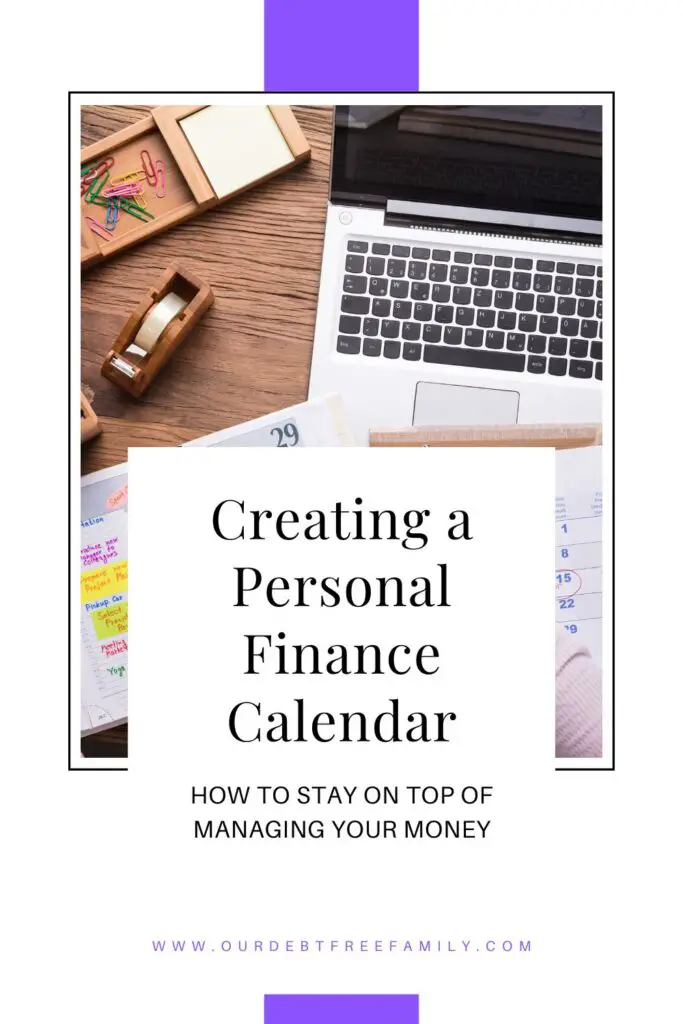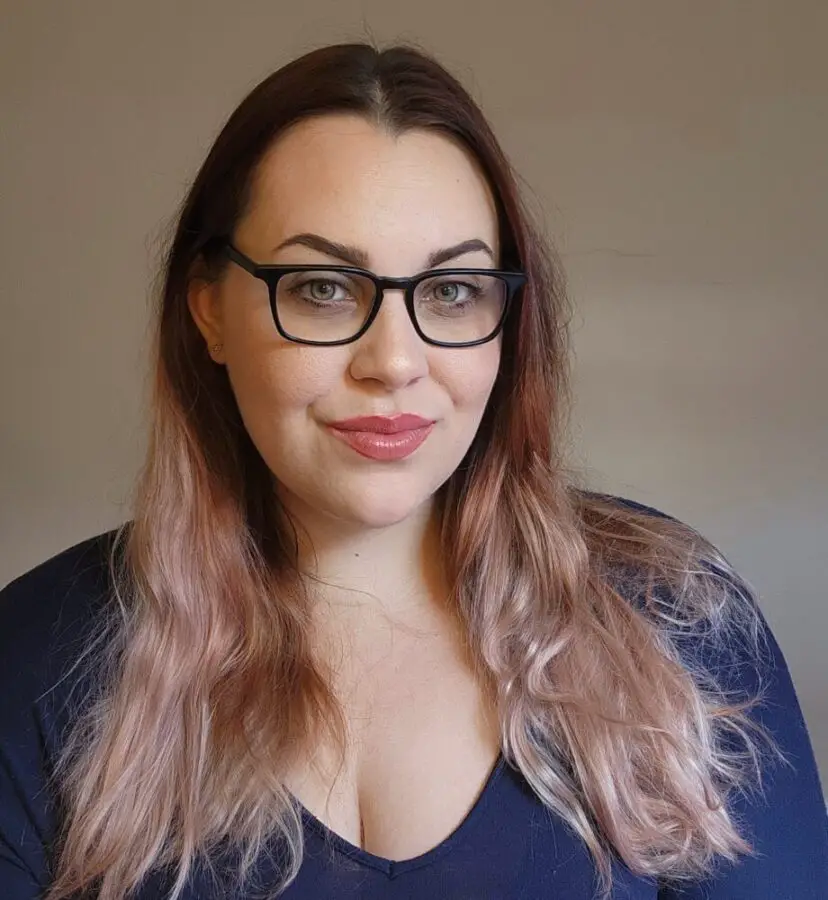
I’ve come to the blog to talk about how we manage our money month-to-month before. I manage most of the money for our family, paying the bills and making sure we have cash where we need it when we need it. It’s not an easy task all the time, but it is well worth being able to live without scrounging paycheck to paycheck. However, I wouldn’t be able to do any of it without our personal finance calendar.
When I started talking about my financial calendar to some of my friends, I realized I’m the only one taking this approach to money these days. For the most part, the people I talk to are plugged into some kind of app or tech solution that helps them keep an eye on their finances. While I’d love for that to be my life (so much less paper involved), it just doesn’t work for me. So, if you’re wondering about how you can create your own personal finance calendar, here’s how I organize mine.
What is a Personal Finance Calendar For?
A personal finance calendar will help you organize your financial life. Initially, I started using my PF calendar to get my budget down on paper. I marked down the days I’d go grocery shopping + the budgeted amount for said shopping trip. I also jotted down the bills and what days they are due, plus the amount. Additionally, I added in the days we were getting paid and how much. Seeing everything written down on paper helped a lot.
That didn’t give me a full-picture view of my finances though. While it helped me pay my bills on time and stick to a budget, bigger expenses and other things tended to creep up on me. So, I decided to make some changes by adding bi-monthly, quarterly, bi-annual, and annual expenses to the calendar as well. This included things like car maintenance, property taxes, registration fees for the car, doctor’s bills, birthdays, holidays, vacations, celebrations, etc.
Going through and adding all of those things really made my financial calendar more well-rounded. It gave a full view of what we had going on, where our money is going, what we have planned, and what we are saving for.
Creating Your Own PF Calendar to Use
If you’re interested in creating your own personal finance calendar, it’s fairly easy. First, you need to gather a few things…
- Get a planner or a calendar to write all of your financial information down in. This doesn’t need to be fancy. You can get it at the Dollar Tree!
- Scrap paper for lists, etc. is also a good idea. You will want to list out monthly expenses as well as other costs throughout the year before they go into your personal finance calendar.
- Buying a nice pen to write with might make a difference. I just love writing with a good pen. It makes me feel organized.
- Stickers and fun items can make the process more fun. You may even find some that correlate to your bills. For instance, we have “payday” stickers for the days we get paid.
Once you have what you need, it is time to start organizing your calendar. The first thing you want to write down are all of your expenses that don’t change month-to-month. For instance, we pay $1,767.50 in rent every month. That won’t change until the end of the year when we renew or move. The number $1,767.50 is written down along with “RENT” on the 1st day of every month. Similarly, our car payment of $698 is written down on the 14th of every month. Until we get it refinanced, this is the monthly cost. It won’t change.
After you do that, start listing the expenses you have each month that may vary. For example, you have to pay utilities every month. However, our electric bill goes up in the summer due to running the air conditioning. In the winter, the gas bill is higher. Make an estimate for how much you’ll spend on these items (it’s a good idea to round up).
Following the addition of those costs, you can start adding in the less frequent expenses. For us, this includes our annual registration fees for our car, property tax on the vehicle, car maintenance, paying our taxes, renewing annual subscriptions, celebrating birthdays, holidays, vacations, and ensuring we have enough money to pay for annual check-ups.
That’s it – once you’ve jotted down all of the financial “things” you have a reference point for managing your money throughout the rest of the year.
Readers, how do you stay on top of your finances? Do you use a personal finance calendar or other method of organization?
Read More

Amanda Blankenship is the Director of Social Media for District Media. In addition to her duties handling everything social media, she frequently writes for a handful of blogs and loves to share her own personal finance story with others. When she isn’t typing away at her desk, she enjoys spending time with her daughter, husband, and dog. During her free time, you’re likely to find her with her nose in a book, hiking, or playing RPG video games.